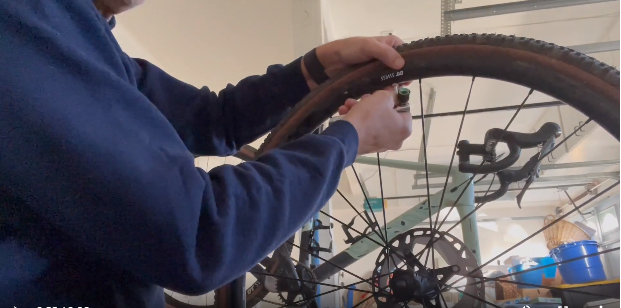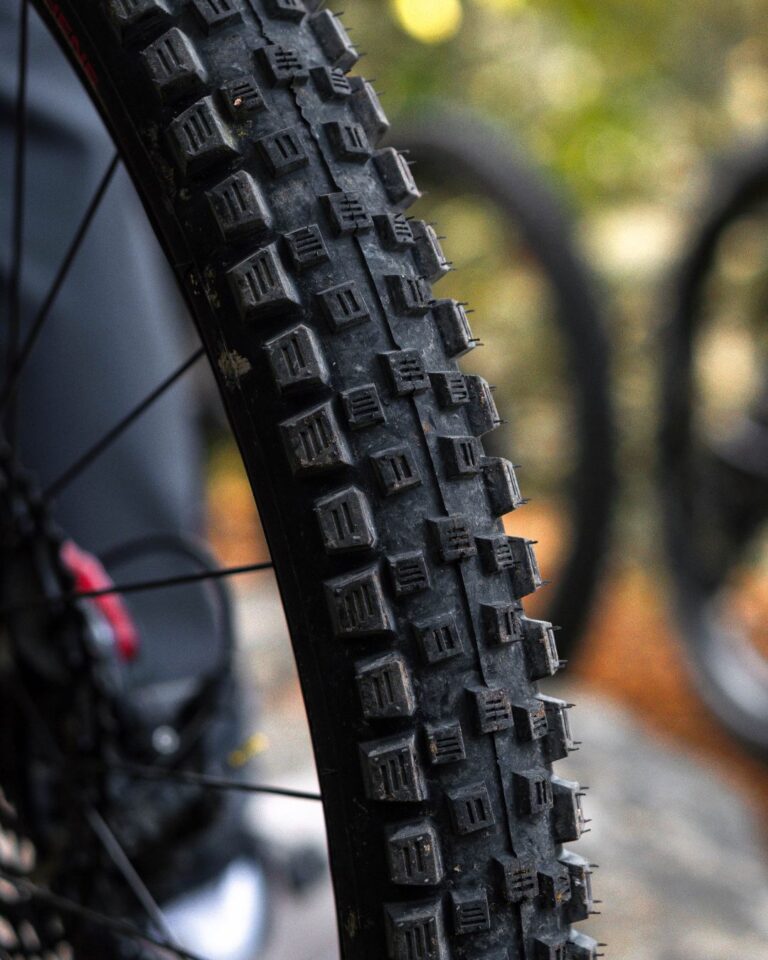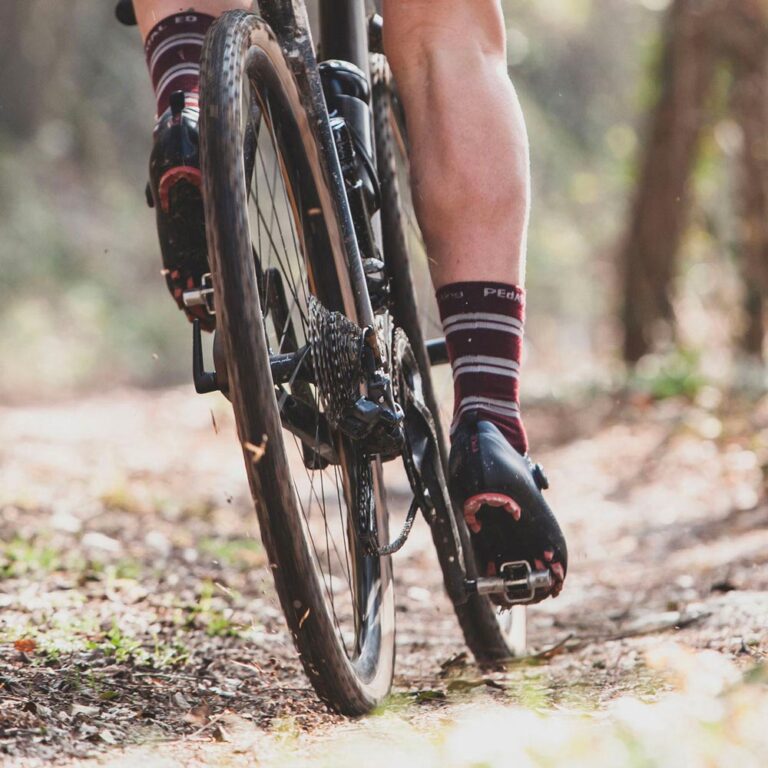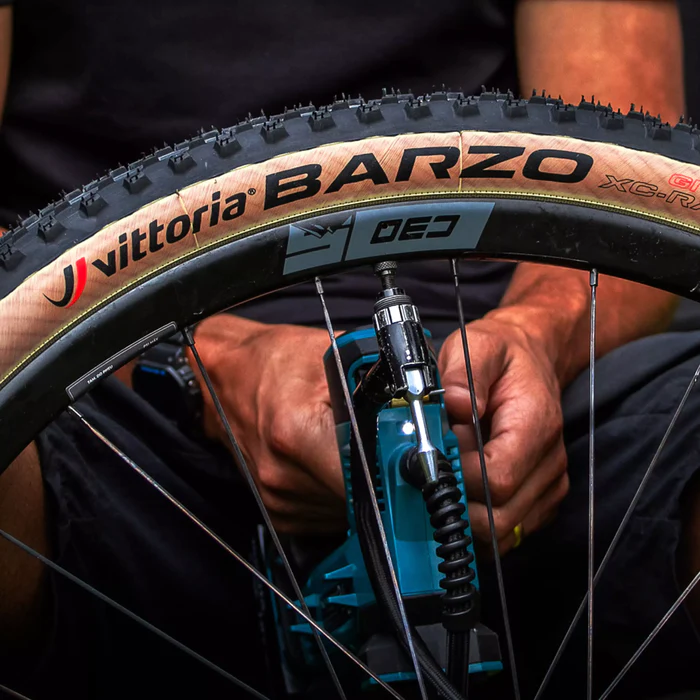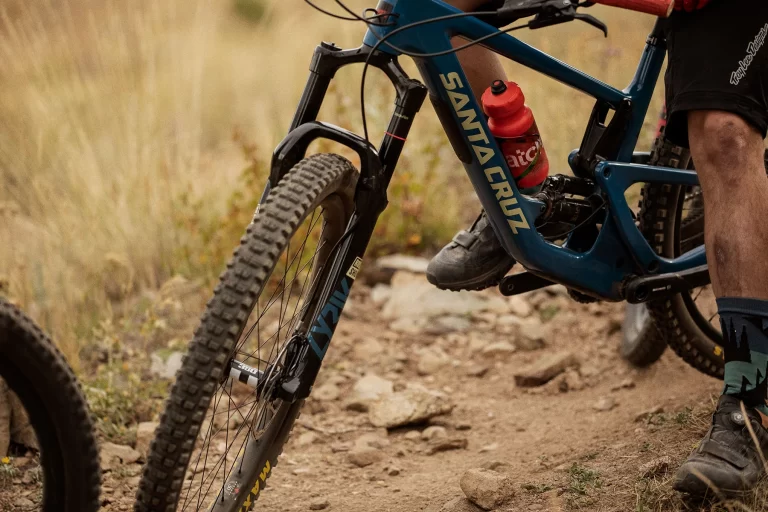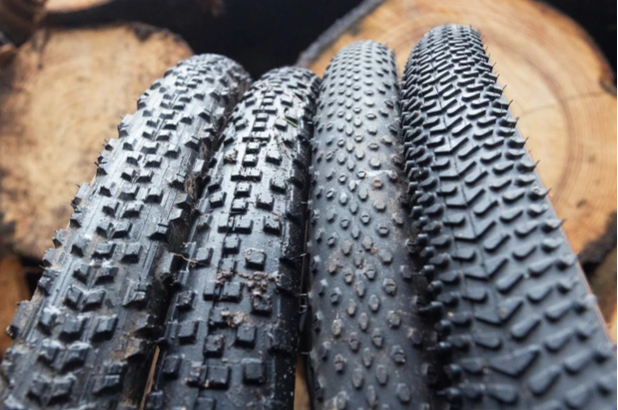Advantages to Switching Up Your Gravel Bike Tires
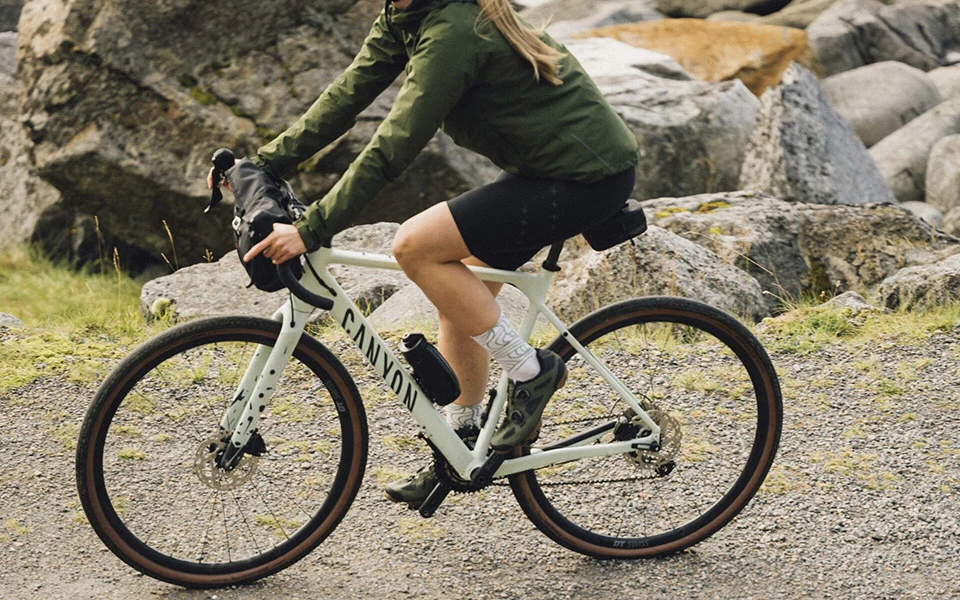
Key Point Summary of Advantages to Switching up your Gravel Bike Tires:
- Adaptability to Terrain: Choosing tires specific to the terrain improves grip, comfort, and control.
- Improved Performance: The right tire selection can optimize speed, handling, and efficiency.
- Enhanced Comfort: Different tire widths and constructions offer varying levels of shock absorption and ride quality.
- Seasonal Versatility: Switching tires can adapt your bike to seasonal changes, ensuring year-round riding enjoyment.
As a seasoned cyclist with years of experience spanning the thrilling world of mountain biking, the rugged allure of gravel grinding, and the intense competition of cyclocross, one lesson stands clear: the right tires can transform your ride. Gravel biking, in particular, presents a unique challenge with its diverse terrains and unpredictable conditions.
For cyclists at the beginner to mid-level experience, understanding the advantages of switching up your gravel bike tires can be a game-changer, enhancing your riding experience and performance. Let’s delve into the benefits of tailoring your gravel bike tires to your riding needs and conditions.
Adapting to Terrain
Gravel biking by its nature traverses a mix of surfaces, from smooth tarmac to loose, rocky paths. The beauty of gravel bikes lies in their versatility, and swapping tires based on terrain can significantly enhance this adaptability. A narrower, smoother tire might excel on hard-packed surfaces for speed and efficiency, while a wider tire with aggressive tread patterns provides the necessary grip and stability on loose or muddy trails.
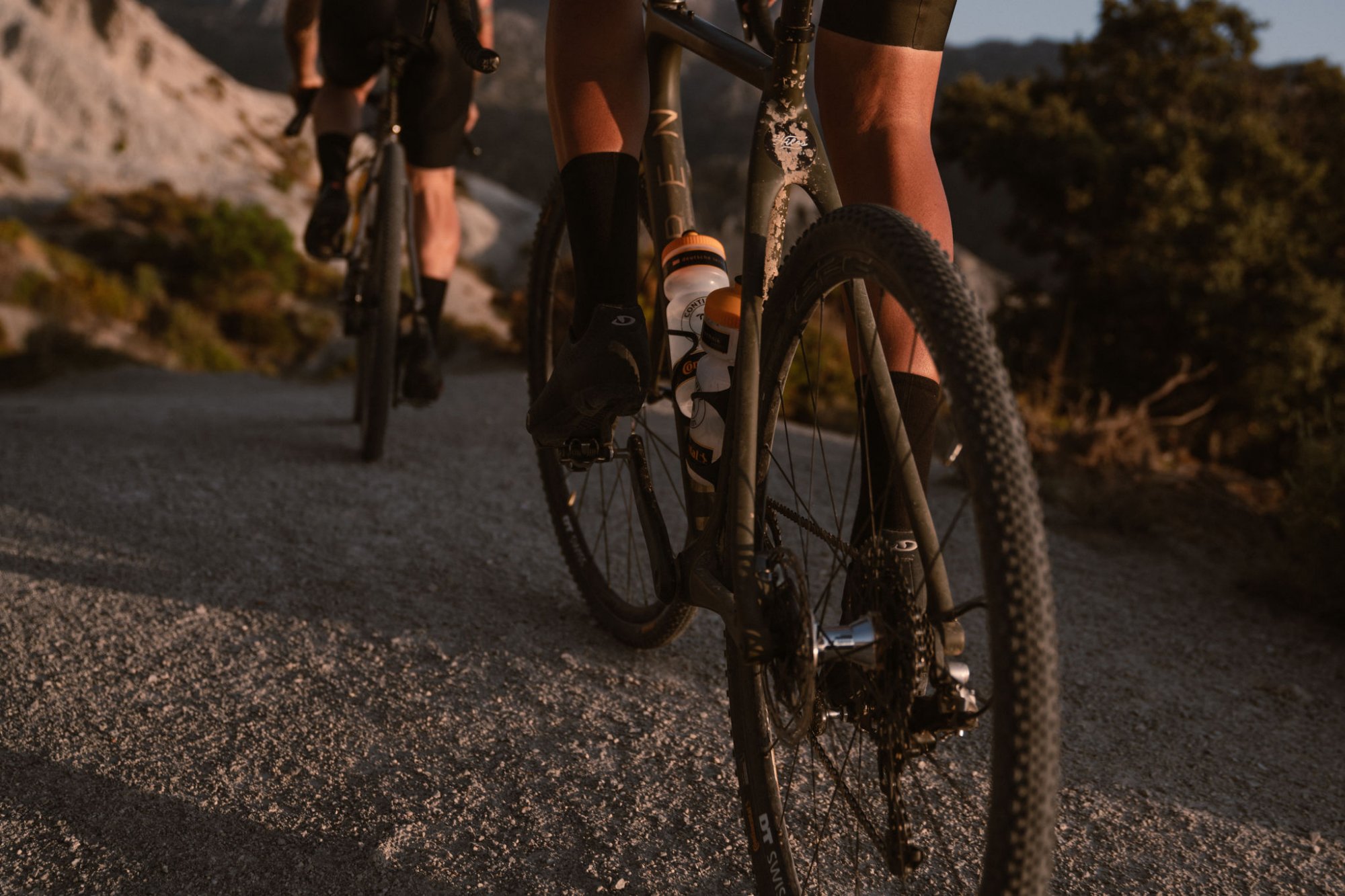
Optimizing Performance
The choice of a tire directly impacts your bike’s performance. For instance, reducing rolling resistance with the appropriate tire choice can lead to noticeable improvements in speed and endurance, allowing you to cover longer distances with less effort. Similarly, the confidence gained from better handling in technical sections can push you to ride harder and improve your skills.
Enhancing Riding Comfort
Comfort on long rides cannot be overstated, and tire selection plays a pivotal role here. Wider tires can be run at lower pressures, offering a natural suspension effect that smooths out bumps and vibrations, reducing fatigue and increasing ride enjoyment. Conversely, for smoother terrains, a firmer tire can provide a more responsive ride, connecting you closely with the road.
Seasonal Flexibility
The ability to switch tires extends the versatility of your gravel bike across seasons. Summer rides might call for lightweight, fast-rolling tires, while winter conditions might necessitate tires with more tread and puncture resistance. This adaptability ensures that your gravel bike remains a year-round companion, capable of tackling a wide range of conditions.
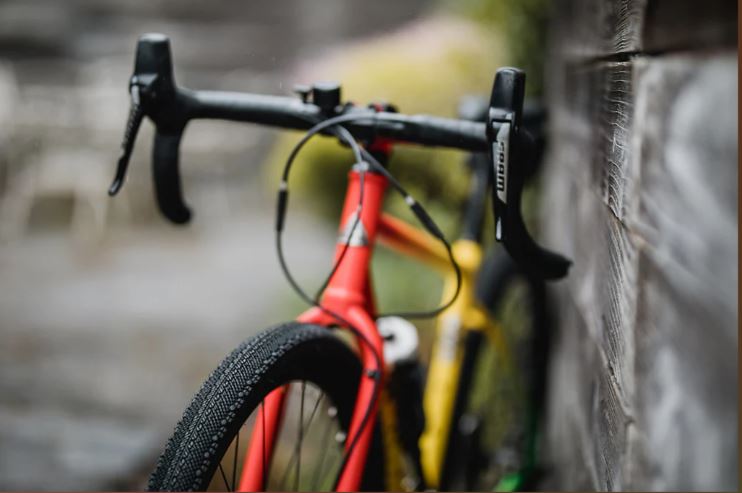
Wrapping Up
Switching up your gravel bike tires is not just about adapting to different terrains; it’s about unlocking the full potential of your ride. Whether you’re looking to improve performance, enhance comfort, or simply enjoy the versatility of your gravel bike across seasons, the right tire choice can have a profound impact on your cycling experience. As you venture into the world of gravel biking, consider how different tires can open up new paths to adventure, transforming every ride into a tailored experience that matches your style and the challenges of the road ahead.
Considering the diverse needs of gravel biking, from adaptability to terrain, improved performance, enhanced comfort, and seasonal versatility, the Panaracer GravelKing SK stands out as a top choice for gravel bike tires. This tire strikes an excellent balance, offering a robust design that handles a wide range of surfaces, from smooth roads to challenging gravel paths.
The GravelKing SK features a tread pattern that provides exceptional grip and stability on loose surfaces while maintaining low rolling resistance on smoother sections. Its durable construction and puncture protection layer make it reliable for long rides and variable conditions. Available in a range of widths to suit different rider preferences and terrains, the GravelKing SK allows cyclists to tailor their setup for maximum comfort and performance, embodying the versatility that gravel biking demands.
With its combination of durability, performance, and versatility, the Panaracer GravelKing SK represents an ideal choice for cyclists seeking to explore the full potential of their gravel biking adventures.
John
FAQ
When should I replace my gravel bike tires?
Replace your gravel bike tires when you notice significant wear, such as flattened tread patterns, frequent punctures, visible cuts, or sidewall damage. Generally, it’s advisable to inspect your tires regularly and consider replacing them every 2,000 to 3,000 miles, depending on usage and conditions.
Are 32mm tyres OK for gravel?
Yes, 32mm tires can be suitable for gravel riding, especially on well-packed, smoother gravel roads. However, wider tires (35mm-40mm or more) offer better traction, comfort, and stability on rougher, looser gravel surfaces.
How can I improve my gravel bike?
Improving your gravel bike can involve several upgrades: switching to wider, more durable tires for better traction; upgrading to a tubeless setup for reduced punctures and improved ride quality; enhancing comfort with a better saddle or suspension seatpost; and optimizing gearing for your terrain with a wider range cassette or a 1x drivetrain setup.
Should I convert my gravel bike to tubeless?
Converting to tubeless is highly recommended for gravel biking. Tubeless tires can run at lower pressures for improved traction and comfort without the risk of pinch flats. The sealant used in tubeless setups also helps automatically repair small punctures, reducing the likelihood of flat tires during your rides.
